
Suitable for calcaneal spurs, plantar fasciitis, tendonitis, bursitis, arthralgia and more. Reduces impact with the ground during everyday activities and/or sports.
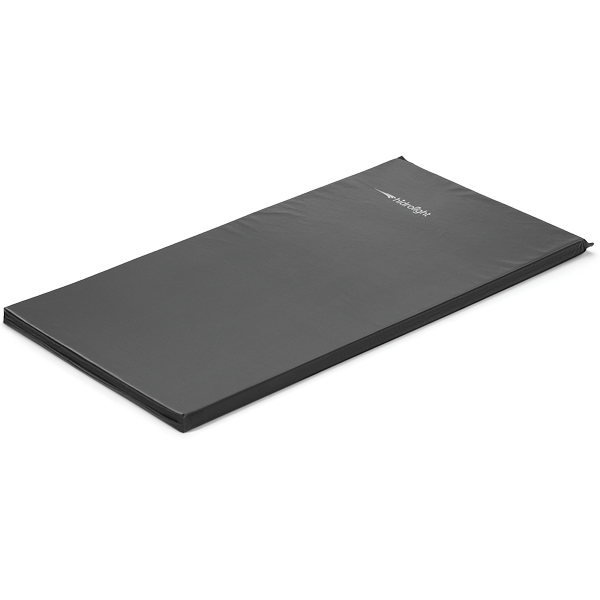
Exercises and stretches in the comfort of your own home, in gyms, yoga rooms, Pilates, etc. It can also be used in nurseries and schools for play activities, games and nap time.

Postural correction; Prevention of injuries during physical activity and/or work; Low back pain; herniated discs; Pre- and post-surgery; Compression support for people who remain in the same position for long periods or who carry heavy loads; Assistance in physiotherapy treatment. SEEK MEDICAL ADVICE.

Sprains, dislocations, tendonitis, ligament and tendon injuries, fracture recovery, among other injuries that require stabilization.
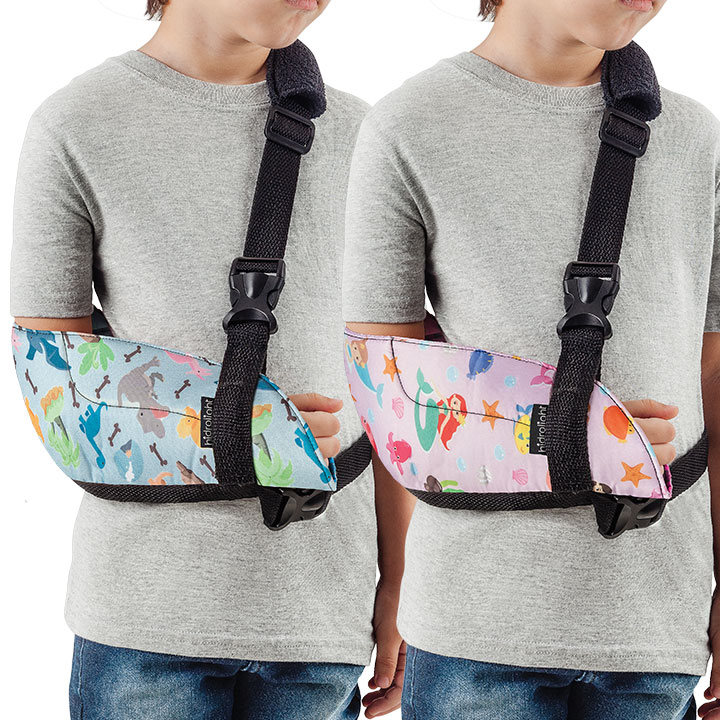
Indicated for clavicle and arm immobilization, limb support with rheumatoid arthritis instability, humeral neck and elbow fractures, contusions, dislocations, stroke sequelae and post-surgery and support for plaster casts.

Indicated for clavicle and arm immobilization, limb support with rheumatoid arthritis instability, humeral neck and elbow fractures, contusions, dislocations, stroke sequelae and post-surgery and support for plaster casts.
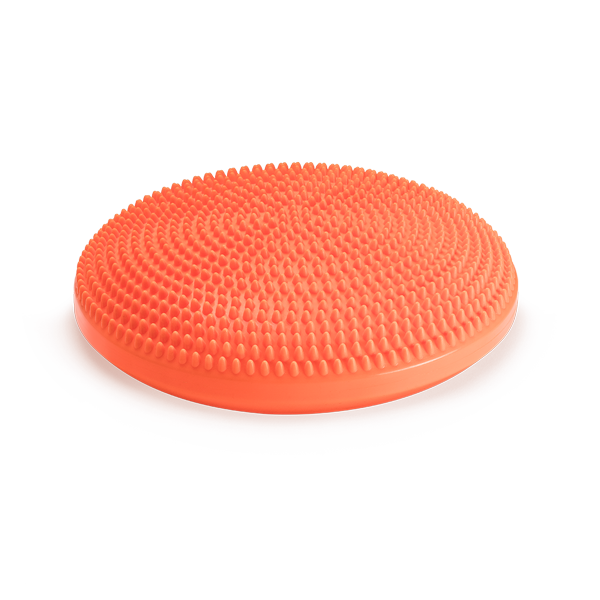
Functional exercises, pilates, physiotherapy, gaining strength, flexibility and balance.

Indicated for hammer toes, prevention and treatment of skin lesions, ingrown toenails and hyperkeratosis (corns).

Indicated to support the inguinal hernia, preventing it from growing. Relief from pain or discomfort. Do not use without medical advice, as it can cause serious adverse effects. Seek medical advice.
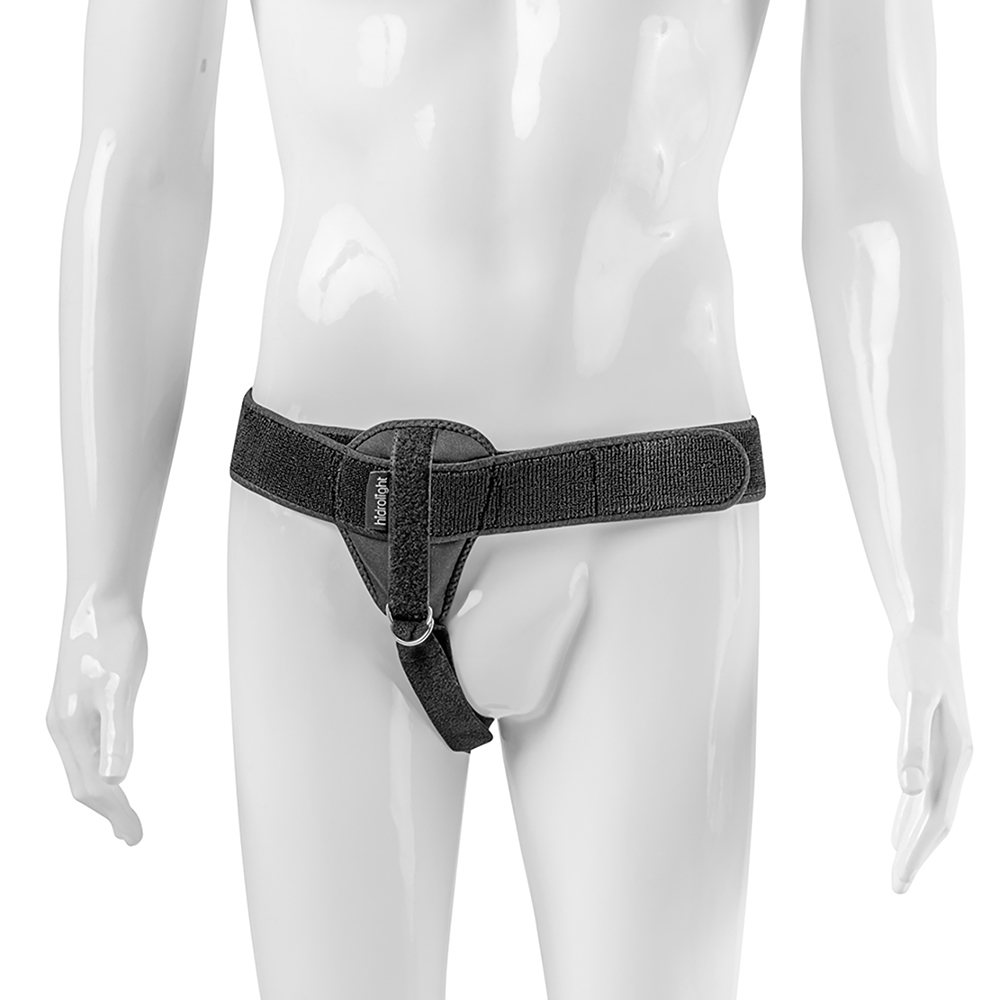
Indicated to support the inguinal hernia, preventing it from growing. Relief from pain or discomfort. Do not use without medical advice, as it can cause serious adverse effects. Seek medical advice.
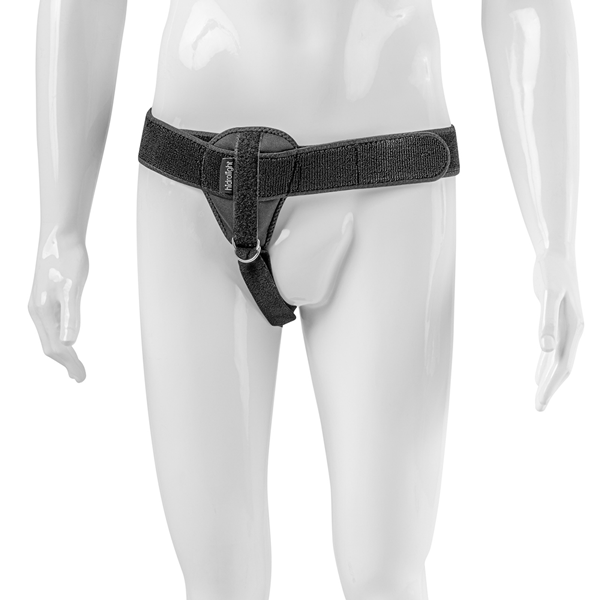
Indicated to support the inguinal hernia, preventing it from growing. Relief from pain or discomfort. Do not use without medical advice, as it can cause serious adverse effects. Seek medical advice.
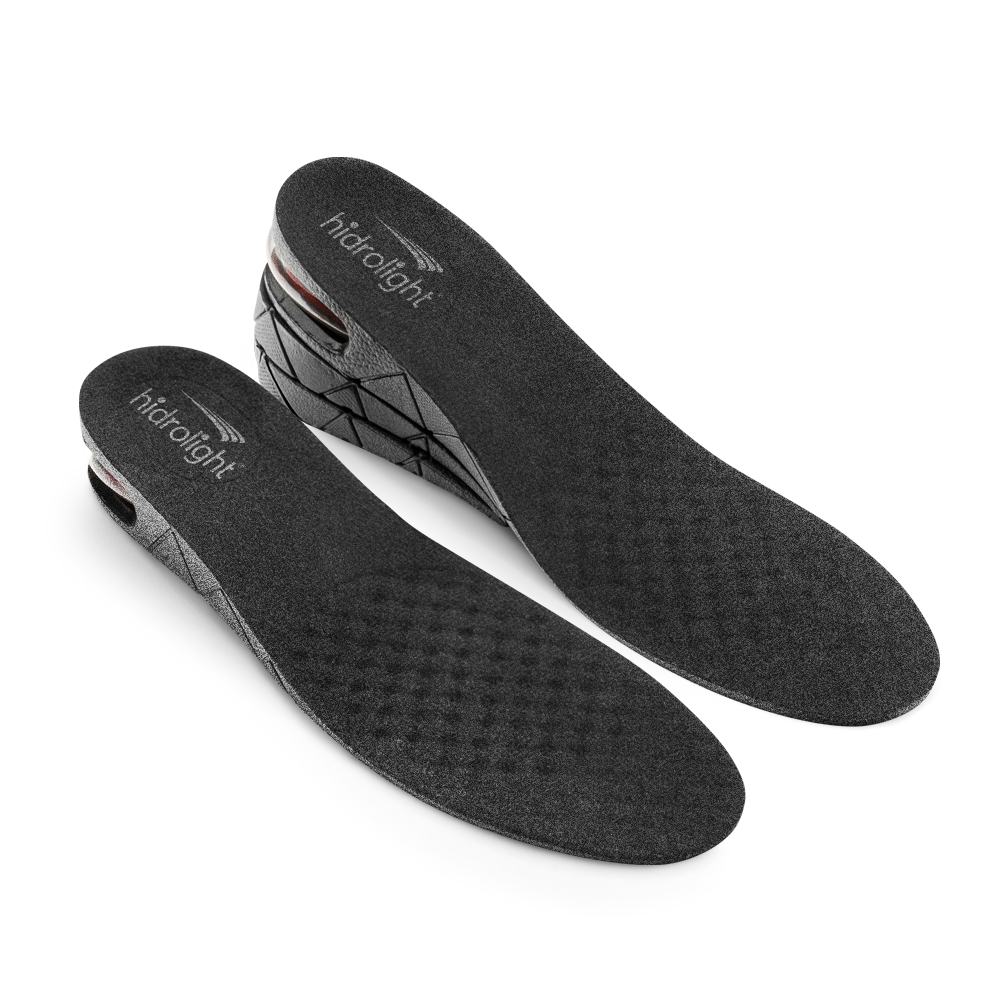
Indicated in cases of dysmetria caused by neuromuscular problems, bone deformities, fractures of the bones of the lower limbs or injury to the epiphyseal plate, post-operative hip and knee replacements, among others.
Showing 180 of 313